“I am anxious, and it soothes me to express myself here. It is like whispering to one’s self and listening at the same time.”
—excerpt from Mina Murray’s diary, Dracula by Bram Stoker (1897)
The epistolary format weaves a powerful illusion of authenticity, framing fiction as real-life, firsthand surviving documentation. In the same way the warning “based on a true story…” sends a chill through the spine at the start of a scary movie, the voyueristic sense of realness sets the stage for epistolary horror to unfold. Letters, diaries, phone records, emails, police reports—these are all dated or even time-stamped in epistolary fiction, presented in very specific and sometimes extremely official-looking ways. It makes the story feel real, as if the reader is discovering an old box of loose papers that they shouldn’t be looking at—it seems excessively personal and fascinates us almost in the same way that true crime can fascinate. The reader gets pulled into the details, wrapped up in the cleverly crafted reflections and echoes of reality…
Epistolary fiction reached the height of its popularity during the 18th century, though its effectiveness might best be seen in macabre 19th-century works like Mary Shelley’s Frankenstein and Bram Stoker’s Dracula. It has resurfaced in horror again and again over the centuries. In more recent years, epistolary horror has thrived in the novella—blending brevity with supercharged intimacy for unforgettable results.
There is a compelling duality in epistolary fiction, especially epistolary horror fiction. With written documents incorporated into the narrative, the reader knows events have already taken place, and yet these events still feel deeply present and immediate. In the quote above from Dracula, Mina likens the effect of journaling to “whispering to one’s self and listening at the same time.” This sensation of listening and experiencing simultaneously rests at the heart of all good fiction, but epistolary fiction heightens our immersion.
Below, you’ll find a list of eight epistolary horror novels and novellas from the last few centuries that really embrace Mina’s notion, enfolding it into their deep, dark hearts.
Frankenstein by Mary Shelley (1818)
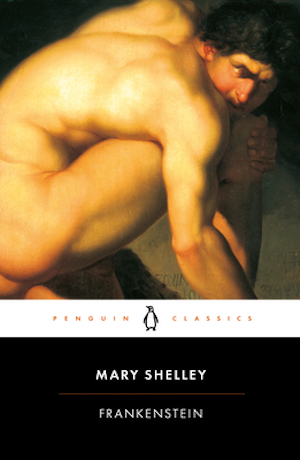
Mary Shelley is regarded as the “mother of science fiction” but Frankenstein is every bit a horror story as it is a science fictional one. Told from multiple first-person perspectives, Frankenstein uses letters and journal entries to impart the tale of a Victor Frankenstein and the creature he has—for better or worse—brought to life. What ensues is the result of Victor’s scientific pursuit and subsequent abandonment of his own creation, a story that grapples with the meaning of existence as well as what it means to create. “The general character of the tale indeed resembles nothing that ever preceded it …” wrote Mary’s husband, the poet Percy Shelley, in a review published a decade after his death. “An exhibition of intellectual and imaginative power, which we think the reader will acknowledge has seldom been surpassed.”
Dracula by Bram Stoker (1897)
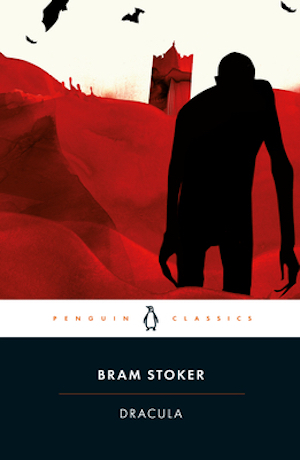
This year marks the 125th anniversary of Dracula’s first publication. Since then, the novel has been adapted again and again (though rarely faithfully) with the title character played on screen by the likes of Bela Lugosi and Christopher Lee. Dracula himself is an iconic character, enduring as one of the canonical and most recognizable creatures in horror literature.
Through letters, diaries and newspaper clippings, Stoker’s novel introduces an ensemble of compelling characters as it frames the story of a what would become literature’s most infamous vampire. As an epistolary novel, it remains just as immersive and mystifying today as it was when it was originally published and, like Frankenstein, it stands as one of the pillars of early horror writing.
Carrie by Stephen King (1974)
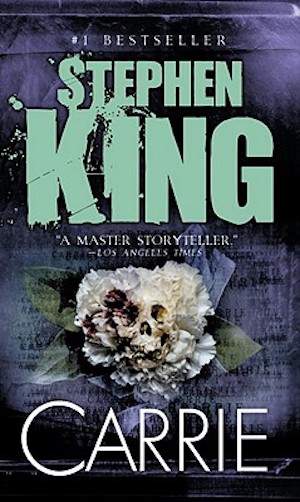
Stephen King debuted as a novelist with this epistolary story of a lonely, bullied teen by the name of Carrie White. The book traces her discovery of telekinetic powers as an isolated youth, abused by both a religious zealot of a mother and her unsympathetic, merciless classmates. Through the use of letters, newspaper clippings, and book passages, King expertly pieces together a series of events which lead toward a devastating conclusion. The culmination of such “documentation” gives a rich, full picture of Carrie’s story from all sides. The structure feels simultaneously formal yet intimate, and launched King as one of the preeminent horror writers of his time.
House of Leaves by Mark Z. Danielewski (2000)
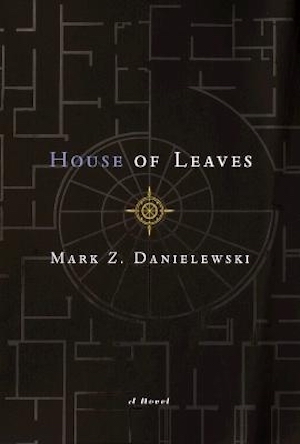
House of Leaves is known for being a massive tome of a book. You don’t just read it, you tackle it—because what Danielewski has created here is a contact sport. It also one of (if not the) longest epistolary horror novels ever published, coming in at 709 pages.
The novel centers on a couple who’ve moved into a bizarre house that is larger on the inside than it is on the outside. A simple horror premise, right? Not quite. House of Leaves is a book that seems to break every rule, laden with footnotes and filled with unique passages, some of which require the reader to rotate the physical book in order to clearly see the text. The story unfolds through various texts and manuscripts, experimenting with form as well as typography along the way. It is a novel unlike any other and came out during a time when epistolary horror wasn’t necessarily in fashion, making it even more striking at its time of release.
Dark Matter by Michelle Paver (2010)

Told through journal entries of wireless operator Jack Miller, Dark Matter follows a group of scientists as they set out on a grueling Arctic expedition in 1937. Jack’s emotions are in turmoil long before he reaches the Arctic and as events unfold, he faces deeper and deeper isolation. Framing the story as one man’s journal heightens the sense of dread in this work. It puts the reader directly into the mind of someone who finds himself cut off in a dark, unfamiliar land. It’s “a spellbinding read,” as Eric Brown notes in a review for The Guardian—“the kind of subtly unsettling, understated ghost story MR James might have written had he visited the Arctic.”
The Night Visitors by Jenn Ashworth and Richard V. Hirst (2017)
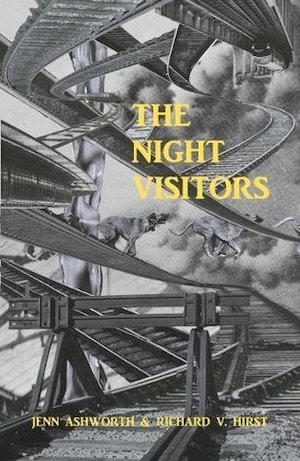
We start to see the current rise of the epistolary horror novella here with The Night Visitors. The book is told through the email correspondence of two cousins, Alice and Orla, who are connected by blood to an infamous 1917 massacre. Part ghost story, part thriller, The Night Visitors is unique not only in its format but also in the way it was written. Co-authors Jen Ashworth and Richard V. Hirst each wrote from the perspective of a different character, meaning that the correspondents in the novella are speaking from the perspective of two different writers’ voices and styles. It adds a certain flavor to the epistolary structure and works within the brevity of the novella as a form, drawing us into an increasingly unsettling tale.
Things Have Gotten Worse Since We Last Spoke by Eric LaRocca (2021)
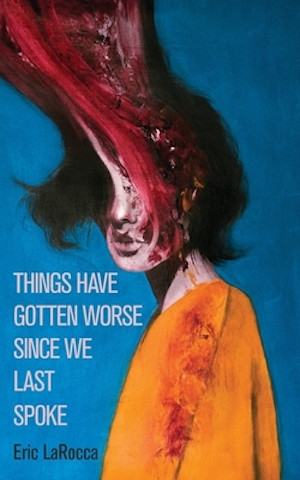
Eric LaRocca’s hit novella was one of the biggest horror books of 2021, and with good reason. It takes place in the early 2000s and uses email and chatroom logs of Zoe and Agnes, two women who meet online after one of them posts a listing to sell an antique apple peeler. Their psychosexual relationship develops via their online correspondence, escalating at a propulsive and increasingly disturbing pace.
Things Have Gotten Worse Since We Last Spoke is a harrowing story, easily read in one sitting, that takes the epistolary format and grounds it in a very specific point in time when chatrooms were finding an avid audience. It is visceral, chilling, and unforgettable in its brief, tender brutality.
The Secret Skin by Wendy Wagner (2021)
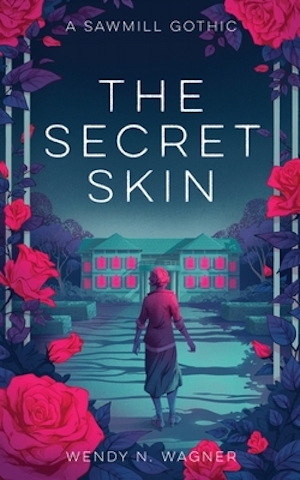
The Secret Skin takes reader back to a time when handwritten letters were the primary mode of long-distance communication. This beautifully gothic novella chronicles an artist’s return to her grand childhood home on the coast of Oregon in the 1920s. June Vogel has not set foot on her family’s estate in six years, but is persuaded by her brother to come and look after his young daughter while he’s away honeymooning with his new bride. All of June’s letters, addressed to her lover, are exquisitely detailed. There is a richness to them which clings to the imagination, whether it be descriptions of the grounds themselves, the ghosts that seem to linger on the estate, or June’s own personal relationships. Through them, Wagner has crafted a brooding epistolary story of family, love, and identity with The Secret Skin that resonates deeply with the soul.
Originally published March 2022.
Emily Ruth Verona received her Bachelor of Arts in Creative Writing and Cinema Studies from the State University of New York at Purchase. Previous publication credits include fiction featured in two anthologies as well as magazines such as The Pinch, Lamplight Magazine, Mystery Tribune, The Ghastling, and Black Telephone Magazine. Her essays/articles have appeared online for Bookbub, Litro, BUST, and Bloody Women. She lives in New Jersey with a very small dog.










